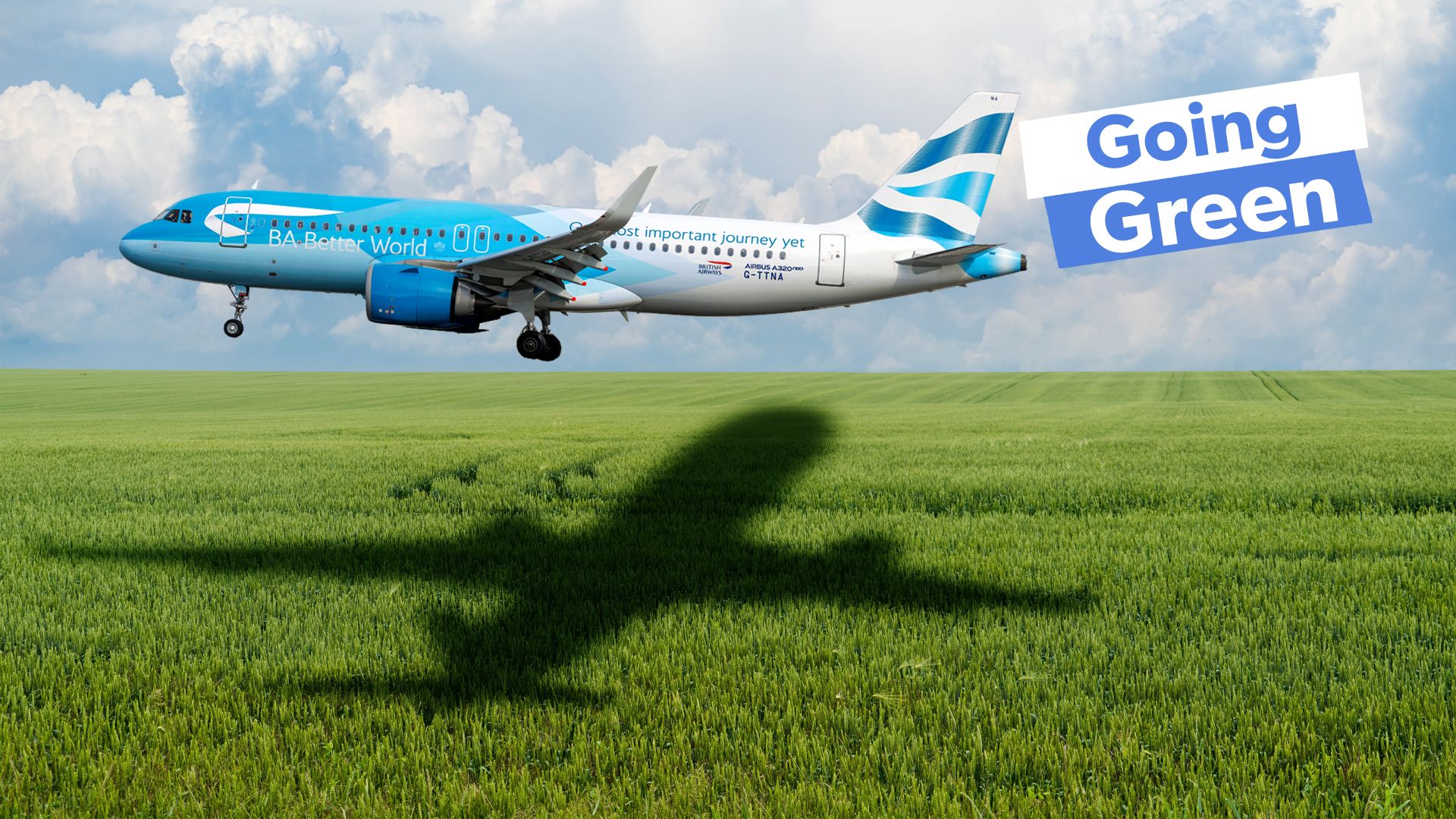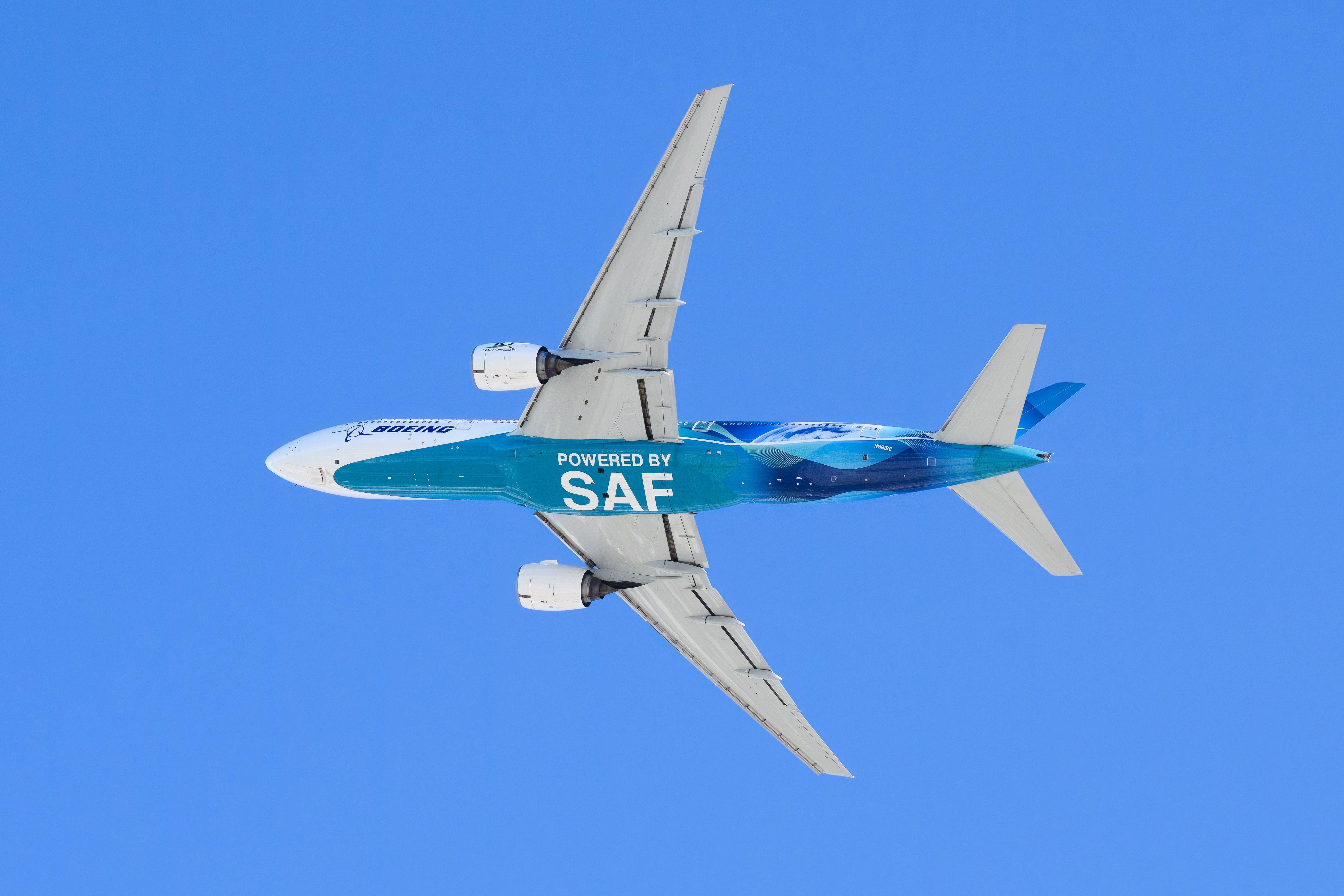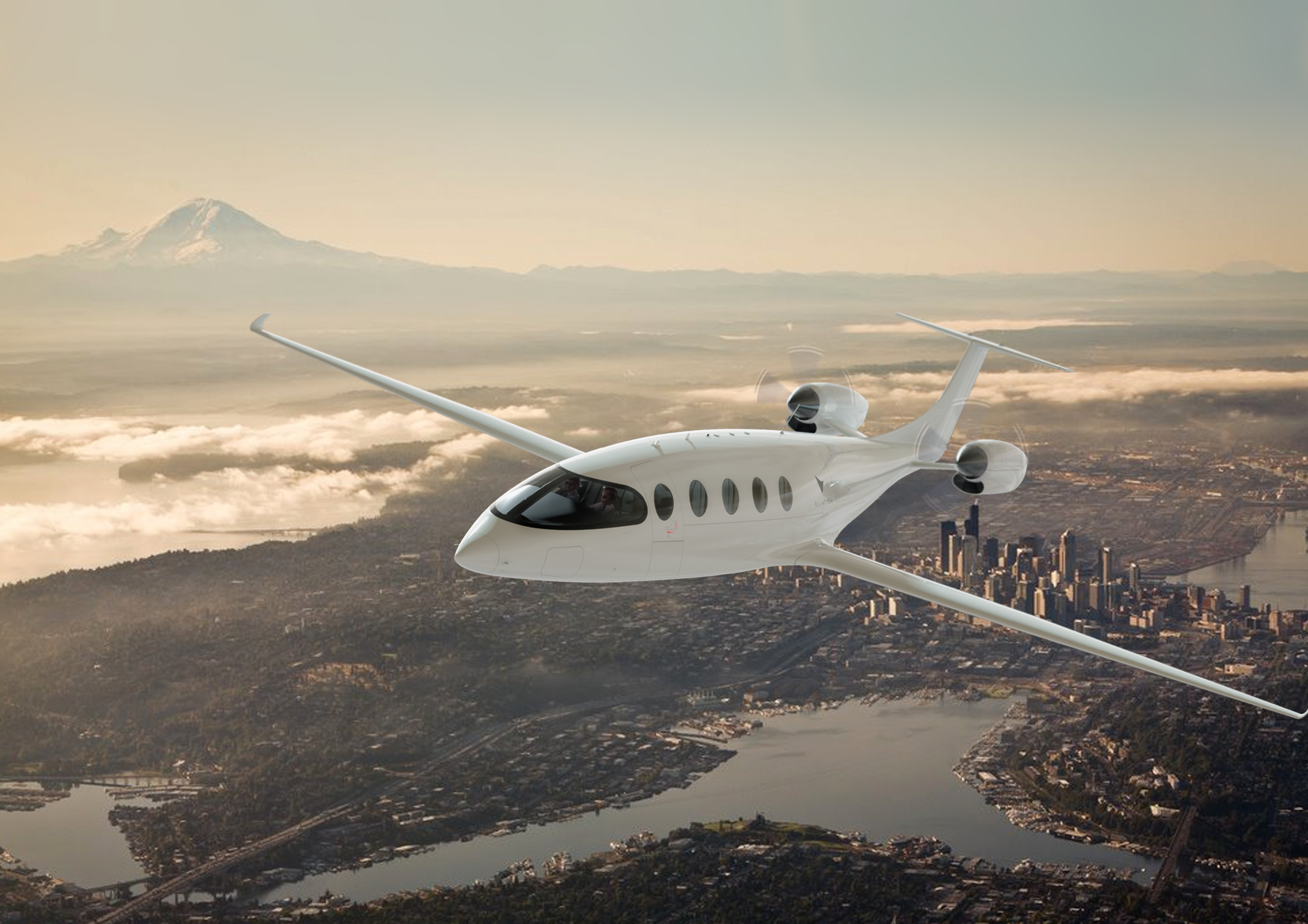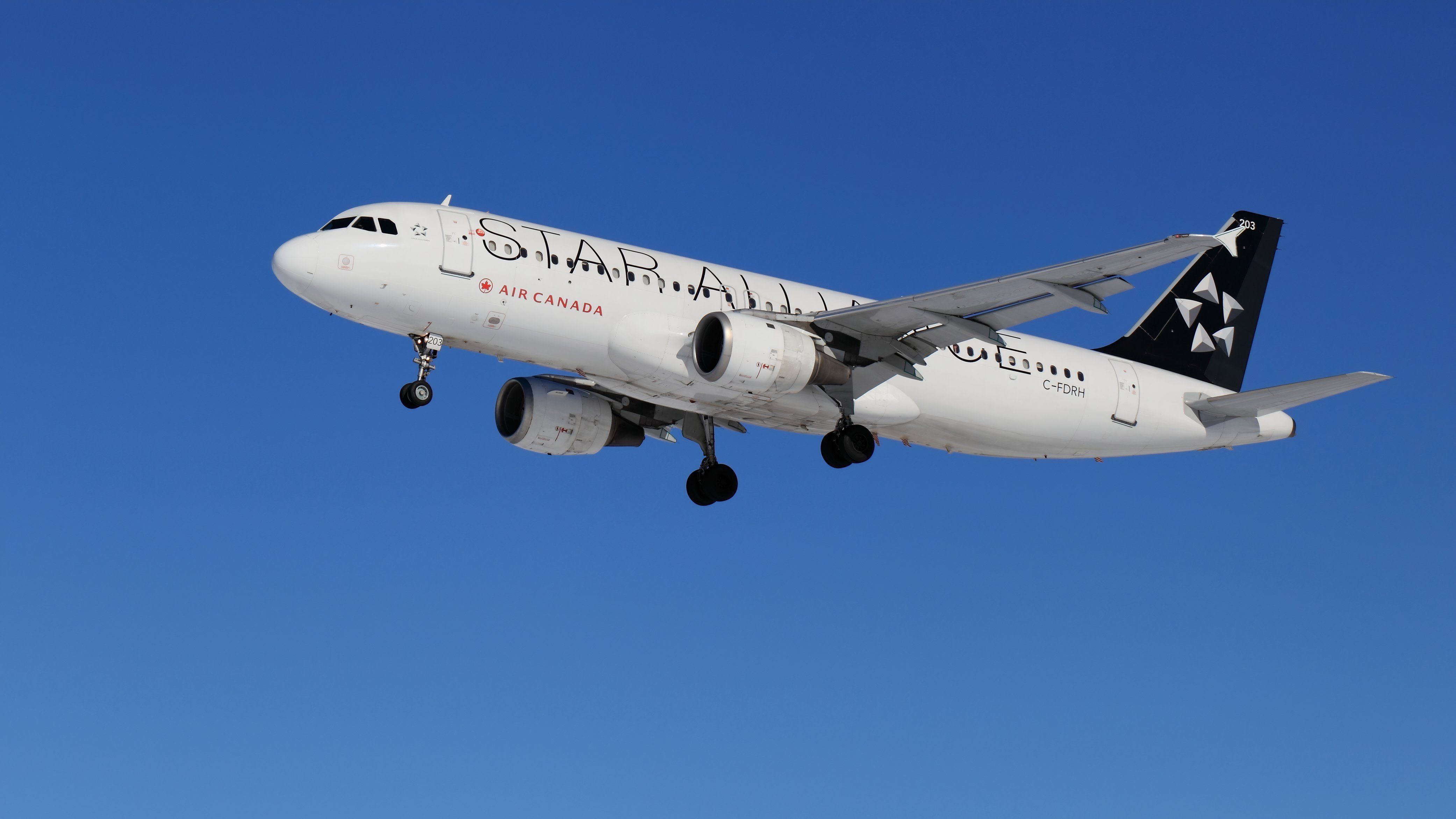Summary
- Sustainable aviation fuel (SAF) holds potential but faces availability and cost challenges.
- Slow technological advancement limits the availability of fuel-efficient aircraft in the near future.
- Addressing consumer flying behavior is important to meeting net-zero emissions goals.
The aviation industry as a whole has pledged to achieve net-zero carbon emissions by 2050.
Achieving this goal is one of the industry’s biggest challenges, as it requires a shift from well-established practices to new ones, such as adopting alternative fuels and technologies and changing consumer behavior.
In the latest news, Air New Zealand, which pledged to reach net-zero CO2 emissions by 2050 and achieve some of these targets by 2030, has already scrapped the plans.
The carrier cited a lack of political support, limited aircraft technologies, and a shortage of sustainable aviation fuel (SAF).
Indeed, the industry has launched many green initiatives, which are believed to make aviation environmentally friendly within the next two decades.
However, with temperatures hitting record highs this year, the industry appears to be well behind in achieving its goals, especially considering the strict and slow regulatory nature of the sector. This article will examine three obstacles aviation has to overcome to meet its environmental objectives.
Sustainable aviation fuel (SAF)
The aviation sector has bet on SAF achieving net-zero by 2050. SAF is an alternative jet fuel produced from various sources (feedstocks), including waste oils and fats, green and municipal waste, and non-food crops.
Photo: Ian Dewar Photography | Shutterstock
While reaching this goal will require a combination of methods, SAF is expected to account for 65% of this, followed by 19% from carbon offsets and capture, 13% from new technology, and 3% from new infrastructure, according to the International Air Transport Association (IATA). While the utilization of SAF looks promising, the SAF market has certain shortcomings. These boil down to two main issues:
Even though the industry is trying to scale up SAF production, the market is still facing and will continue to face issues related to its availability.
According to the IATA, SAF production is expected to triple to 1.875 billion liters in 2024, accounting for just 0.53% of aviation’s fuel needs and 6% of renewable fuel capacity.
Also, the overall expansion of the commercial fleet with aircraft being delivered today is likely to remain in service for the next two decades. This means enormous volumes of SAF will be needed soon.
Additionally, the need for more availability and investments in the production of SAF will drive costs. The high cost of SAF could significantly increase airline ticket prices, IAG CEO Luis Gallego told Simple Flying in a June 2024 interview.
Due to the need for a revenue certainty mechanism, limited SAF production in Europe forces most SAF to be imported from the US, making it expensive, Gallego explained. An IATA report revealed that SAF was priced at $2,400 per ton in 2022, approximately 2.5 times the price of conventional jet fuel.
To put it into perspective, the Boeing 737-800 aircraft, a workhorse of many airlines worldwide, burns approximately 3,200 liters of conventional jet fuel per hour, as per Epic Flight Academy.
Slow technological advancement
New technological advancements are unlikely to meet the demand for new aircraft over the next 20 years. Boeing estimates that nearly 44,000 new aircraft will be needed by 2043, while Airbus predicts 42,430 will be required within the same timeframe.
Despite progress in developing more fuel-efficient engines, electric aircraft, hydrogen-powered planes, and urban air mobility solutions, these technologies are still far from entering commercial service.
Regulatory approvals in aviation take time, and safety concerns make the process even longer for new technologies.
Photo: Eviation
Let’s take electric aircraft development. Significant strides have been made in testing and certifying electric aircraft.
In 2020, the European Union Aviation Safety Agency (EASA) announced the certification of a two-seat electric airplane, the Pipistrel Velis Electro, the world’s first type certification of a fully electric aircraft.
Many companies, such as Eviation and Heart Aerospace, have begun their processes toward getting the FAA or EASA certification. However, it will still be some time before they enter commercial service.
Eviation, which is developing a nine-seater aircraft, expects to enter commercial service in 2027, while Heart Aerospace, developing the 19-seater ES-30, expects to fly commercially in 2028.
Even after certification, these aircraft will carry no more than 20 passengers, which does not meet the current demand for commercial air travel.
Change in flying behavior
Current consumer behavior is another obstacle that must be tackled if the industry wants to reach net-zero by 2050. Frequent flier programs are a vital component of many legacy carriers’ business models.
They benefit airlines by incentivizing passengers to spend more on flights and remain loyal to one airline over its competitors.
Photo: Andrei Filippov | Shutterstock
Airlines further incentivize frequent fliers to fly unusually large amounts to gain elite status, which does not help them reach net-zero goals.
Encouraging flying for the sake of flying is counterproductive and does not align with climate-friendly practices. According to a Possible report entitled “Pointless: the climate impact of frequent flyer status,” emissions associated with gaining different elite statuses with airline loyalty programs are tangible and contribute to additional emissions.
In recent years, some airlines have introduced green loyalty programs. These programs aim to encourage environmentally friendly and conscious behavior among travelers. By following this behavior, the airlines give away free miles.
However, it is relatively complex to measure the impact of such initiatives. In a comment to Travel Weekly, Sally French, who analyzes loyalty programs for NerdWallet, said:
“What’s important for people to realize when they are looking at these programs is that airlines are a major contributor to climate change, and carbon offsets on their own don’t end this problem. You are still flying, and that contributes to climate change.”




